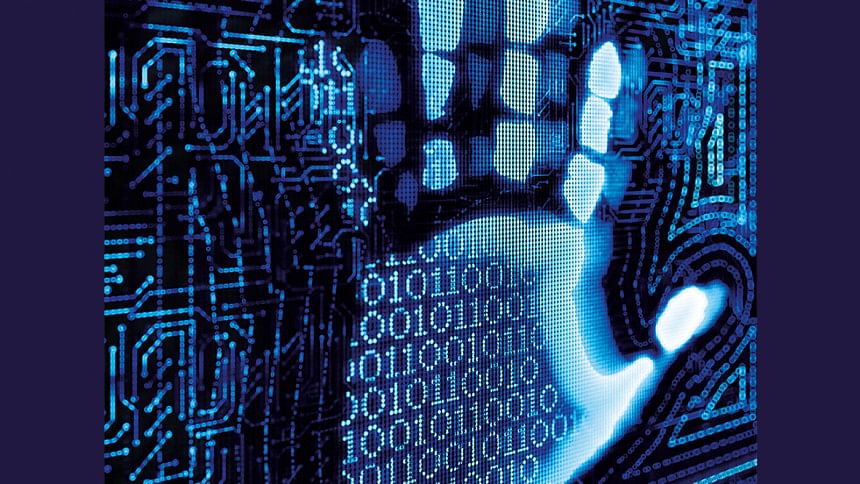Admissibility of digital evidence

In Bangladesh, no specific insertions have been made for the admission of digital evidence. Howe ver, special laws like the Information and Communication Technology Act of 2006 and the Digital Security Act of 2018 have been enacted.
The widely publicised cases of murders such as the murders of Khadija, Biswajit and Rifat raised the question of whether and how video may be admissible in evidence within present framework of procedural law. In such instances, judicial interpretation has played a significant role.
Digital evidence is a probative information stored or transmitted in digital species like data, photograph, audio, video, DVD, memory card, hard disk, e-mail, telegram, telex. The laws on criminal procedure in Bangladesh, such as, the Evidence Act of 1872 and the Code of Criminal Procedure (CrPC) 1898 prescribe no explicit provision recognising or approving of its admissibility into judicial proceedings but contain scope of judicial interpretation which may allow for the same.
The words “any matter expressed or described upon any substance by means of letters, figures or marks” under the elucidation of “Documentary Evidence” as codified in section 3 of Evidence Act, section 3(16) of General Clauses Act and section 29 of Penal Code can be interpreted to include digital evidence, since the word “matter” is a term of the widest amplitude.
Judicial interpretation articulates that digital evidence is an amplification of matter expressed or described upon digital substance by means of letters, figures or marks and inclusive of material and secondary evidence. It verbalises that the other forms of digitalisation have the same legal entity. If question as to authentication and tampering of digital evidence arises, the law prescribes gateway to remove any sort of doubt. Expert opinion rule under section 45 of the Evidence Act provides the scope to seek expert opinion of science. Search and examination rule of section 165 and 161 of the Code of Criminal Procedure empower the Investigating Officer to attach anything and examine its maker. This procedure may be followed to cross-examine the makers of the documentary evidence.
In the Biswajit murder case, it was held that video footage was officially handed over to Investigating Officer under a seizure list; so, its recording was authenticated ipso facto. Judicial interpretation supports that there is no bar to the admission of digital evidence. Hence, the court of law should follow a strategic way to admit digital evidence. If the prosecution proposes digital evidence or the trial court finds its existence in oral evidence adduced thereon or if it refers to a fact which could be perceived by any other sense or in any other manner, it must be part of the prosecution witnesses.
To recapitulate, although digital evidence may be admissible under the present law but as proliferation of technology expands and the nature of electronic information grows to be even more complex, the law should be revised to meet the needs of the time.

 For all latest news, follow The Daily Star's Google News channel.
For all latest news, follow The Daily Star's Google News channel. 



Comments